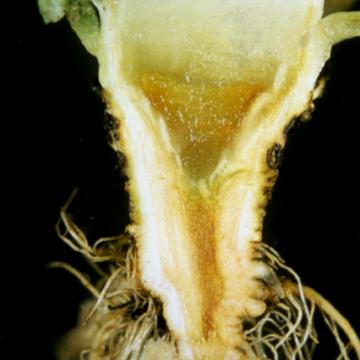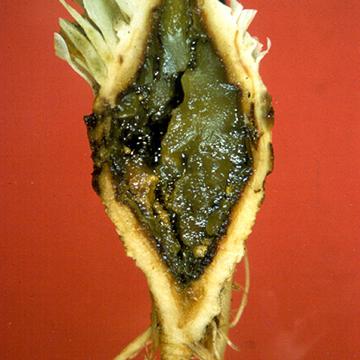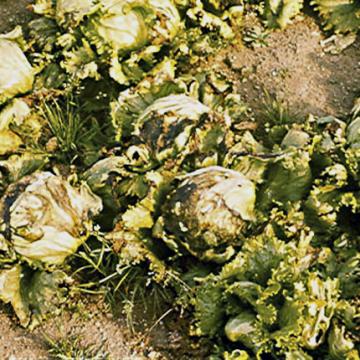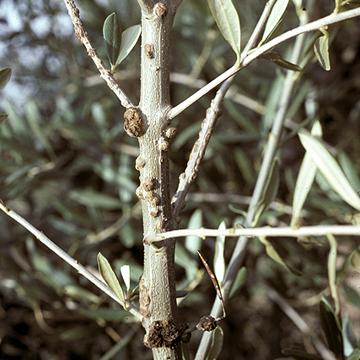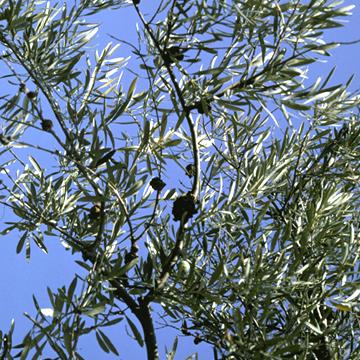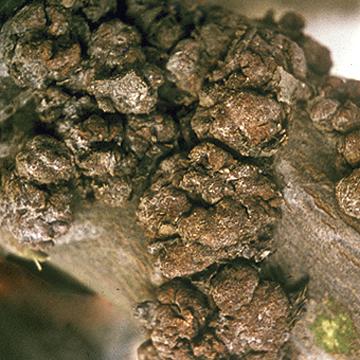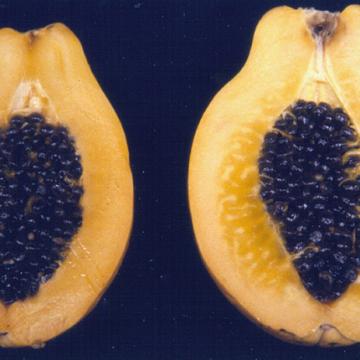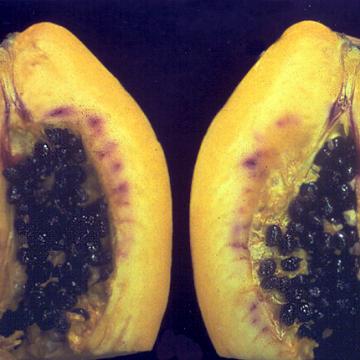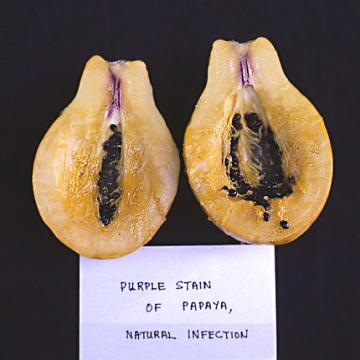DISEASE: Head rot (Jelly rot)
HOST: Lettuce
Sliced head of lettuce. Typical symptoms are a translucent appearance and browning or jelly rot of the stalk (crown).
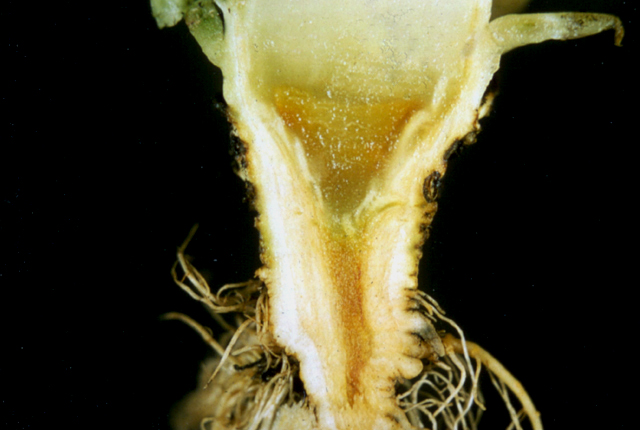
Head rot (Jelly rot) | Lettuce
DISEASE: Head rot (Jelly rot)
HOST: Lettuce (Lactuca sativa)
PATHOGEN: Pectobacterium carotovorum
PATHOGEN SYNONYM: Erwinia carotovora subsp. carotovora
SOURCE: J. Cho, A. Alvarez
DISEASE: Head rot (Jelly rot)
HOST: Lettuce
Advanced stage of lettuce stalk rot (crown).
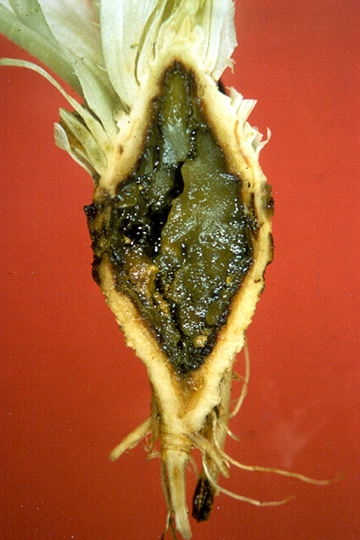
Head rot (Jelly rot) | Lettuce
DISEASE: Head rot (Jelly rot)
HOST: Lettuce (Lactuca sativa)
PATHOGEN: Pectobacterium carotovorum
PATHOGEN SYNONYM: Erwinia carotovora subsp. carotovora
SOURCE: J. Cho, A. Alvarez
DISEASE: Head rot (Jelly rot)
HOST: Lettuce
Head rot of lettuce first appears as rapid wilt of outer wrapper leaves. Wilt is caused by collapse of vascular tissues, which develop a pinkish to brown discoloration.
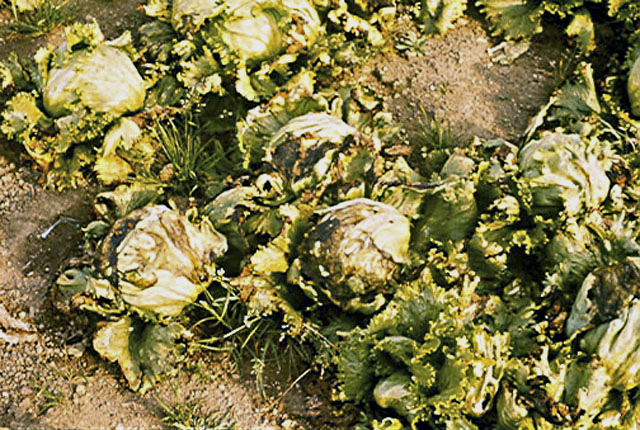
Head rot (Jelly rot) | Lettuce
DISEASE: Head rot (Jelly rot)
HOST: Lettuce (Lactuca sativa)
PATHOGEN: Pectobacterium carotovorum
PATHOGEN SYNONYM: Erwinia carotovora subsp. carotovora
SOURCE: L. Fucikovsky
DISEASE: Olive knot
HOST: Olive
Multiple infections of young stems. The bacterium invades vascular tissues during certain times of the year and may be isolated from branches that appear healthy.
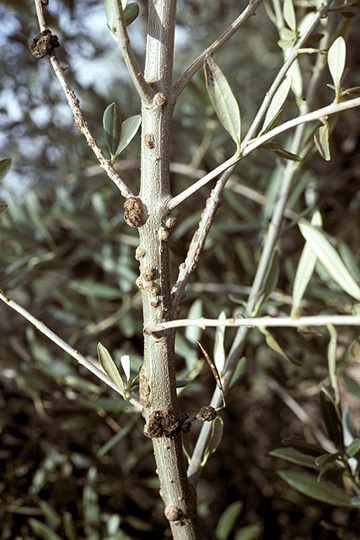
Olive knot | Olive
DISEASE: Olive knot
HOST: Olive (Olea europaea)
PATHOGEN: Pseudomonas savastanoi pv. savastanoi
SOURCE: M. Schroth
DISEASE: Olive knot
HOST: Olive
Tree with knots/galls on branches along with twig dieback, which is associated with knots. Fusarium and Diplodia spp. infect through knots and are thought to be main reason for dieback.
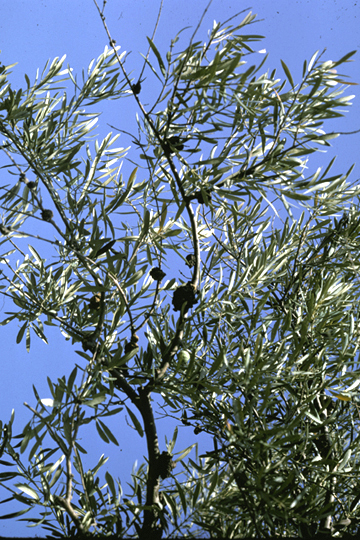
Olive knot | Olive
DISEASE: Olive knot
HOST: Olive (Olea europaea)
PATHOGEN: Pseudomonas savastanoi pv. savastanoi
SOURCE: M. Schroth
DISEASE: Olive knot
HOST: Olive
Multiple infections on olive branch. Knots at this stage begin to die from the outside in and are infected by several fungi.
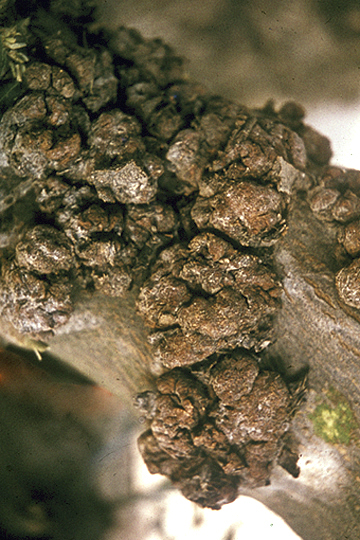
Olive knot | Olive
DISEASE: Olive knot
HOST: Olive (Olea europaea)
PATHOGEN: Pseudomonas savastanoi pv. savastanoi
SOURCE: M. Schroth
DISEASE: Purple stain
HOST: Papaya
Purple pigmentation of internal tissues near peduncle end of fruits. Pigmentation and yellow translucence of papaya flesh are more evident of fruit on right.
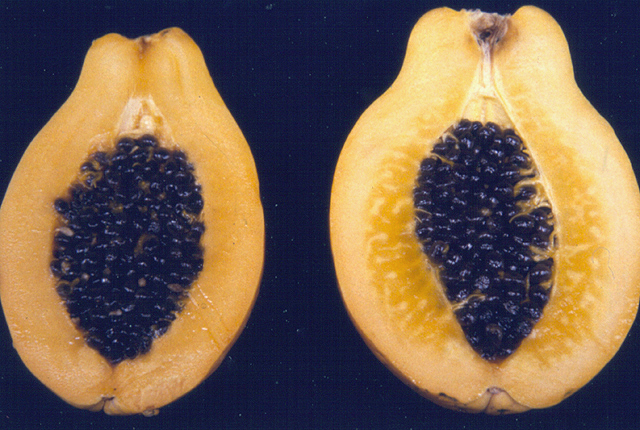
Purple stain | Papaya
DISEASE: Purple stain
HOST: Papaya (Carica papaya)
PATHOGEN: Pantoea agglomerans
PATHOGEN SYNONYM: Erwinia herbicola
SOURCE: M. Nelson
DISEASE: Purple stain
HOST: Papaya
Purple pigmentation of internal tissues.
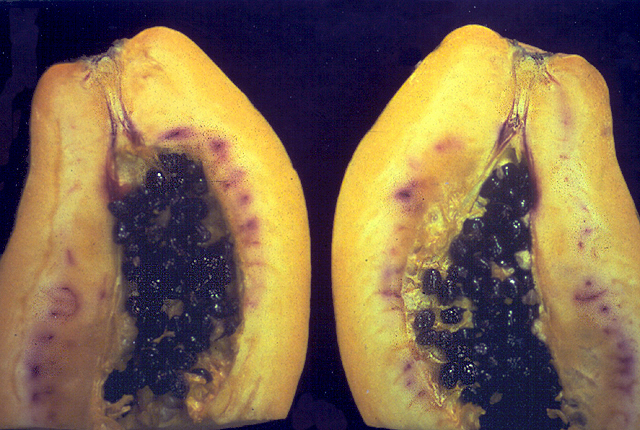
Purple stain | Papaya
DISEASE: Purple stain
HOST: Papaya (Carica papaya)
PATHOGEN: Pantoea agglomerans
PATHOGEN SYNONYM: Erwinia herbicola
SOURCE: M. Nelson
DISEASE: Purple stain
HOST: Papaya
Another view of purple discoloration at peduncle end. Bacteria are found in vascular tissues and latex ducts.
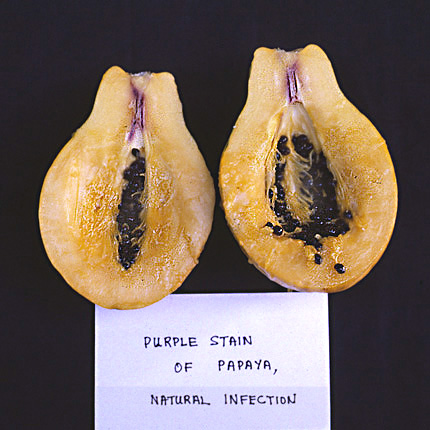
Purple stain | Papaya
DISEASE: Purple stain
HOST: Papaya (Carica papaya)
PATHOGEN: Pantoea agglomerans
PATHOGEN SYNONYM: Erwinia herbicola
SOURCE: K. Nishijima


